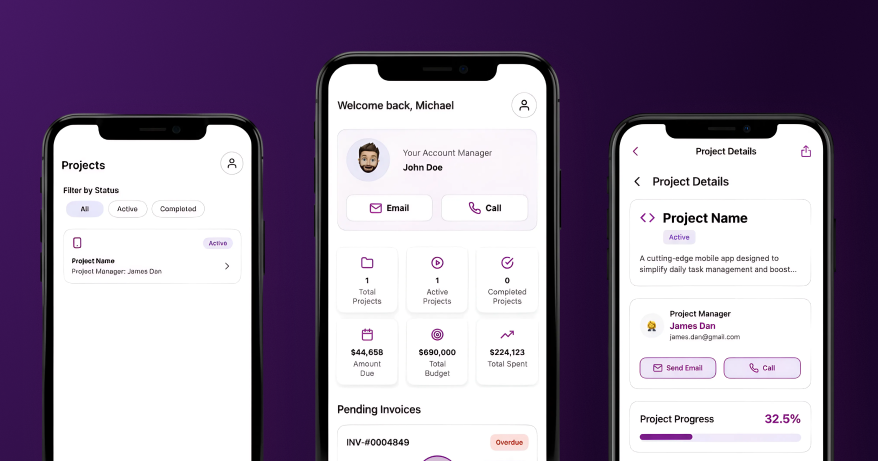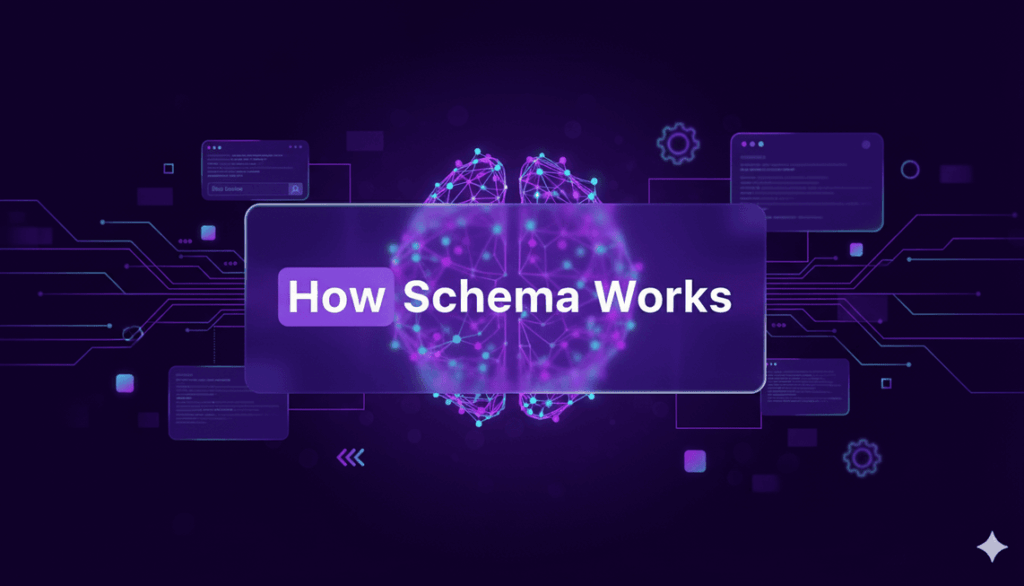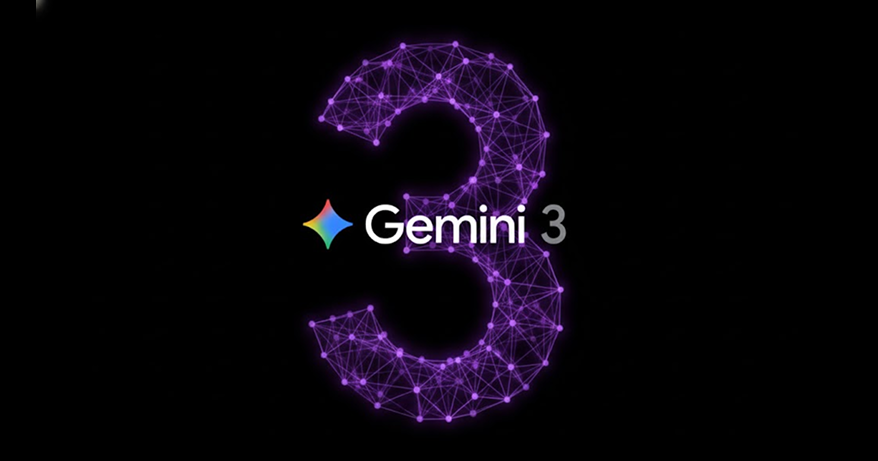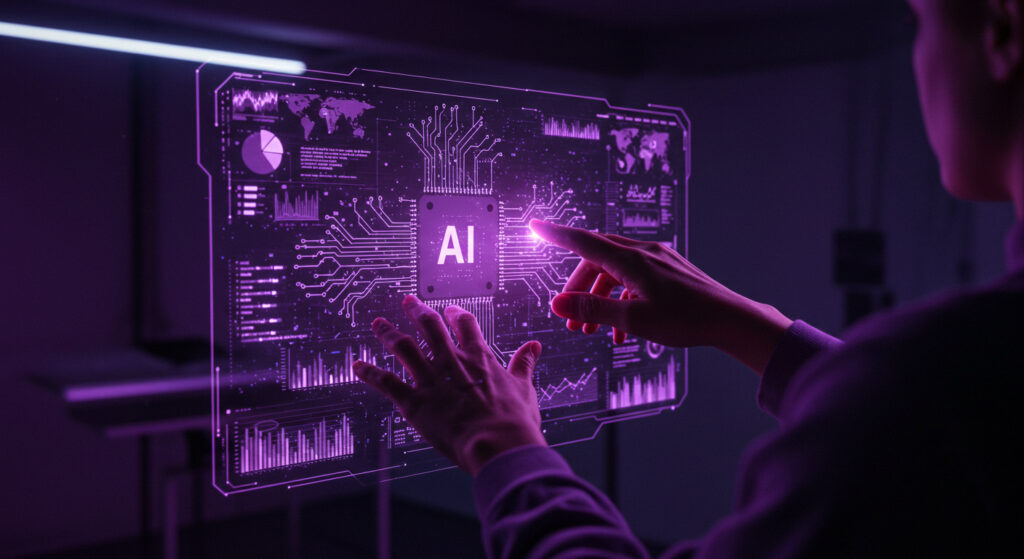Remote work and distributed teams present challenges that traditional video calls and screen shares cannot fully overcome. When complex projects demand real-time interaction with three dimensional content and hands-on guidance, flat interfaces become limiting. Spatial computing headsets and virtual environments close this gap by placing digital assets and collaborators in shared immersive spaces. In this post we examine key use cases for spatial computing in the workplace and show how 247 Labs applies these solutions to help enterprises collaborate and learn more effectively.
Understanding Spatial Computing in the Workplace
Spatial computing blends physical and digital worlds by anchoring virtual objects and interfaces within a user’s environment. Unlike two dimensional screens, spatial computing uses head mounted displays and advanced sensors to track user movement and gestures. This enables:
- True three dimensional interaction with digital models and data
- Shared virtual rooms where participants feel co-present
- Contextual overlays that augment real objects with real-time information
Leading headsets such as the Microsoft HoloLens and Magic Leap provide the hardware foundation. Software platforms like Spatial or Mozilla Hubs create multiuser virtual environments that teams can customize for specific workflows. Together these tools unlock new possibilities for remote collaboration and training.
Use Cases for Enhanced Remote Collaboration
Spatial computing opens immersive collaboration scenarios far beyond what flat video meetings can support. Key examples include:
- Design Reviews in Three Dimensions
Product teams can inspect CAD models at scale without printing prototypes. Participants wearing headsets view the same virtual object from different angles, annotate features in real time, and make decisions faster. - Interactive Data Visualization
Complex data sets gain new clarity when plotted around users in 3D space. Marketing and analytics teams can walk through sales funnels, cluster customer segments, or observe heat maps in spatial context. This approach accelerates insight discovery and strategic alignment. - Virtual Whiteboarding and Brainstorming
Spatial environments replace flat shared whiteboards with a free-form digital canvas. Teams sketch ideas in three dimensions, move notes around, and group concepts organically. The spatial layout itself becomes part of the creative process. - Remote Pair Programming
Developers collaborate on code by viewing a virtual IDE within their field of view. They can point to lines of code, highlight blocks, and co-edit in a shared environment. This makes debugging sessions more interactive than screen sharing alone.
These scenarios drive measurable benefits. Companies report up to a 30 percent reduction in decision-making time and a 20 percent increase in idea generation during collaborative sessions. By recreating the sense of presence, spatial computing bridges the gap between co-located and remote experiences.
Use Cases for Immersive Training and Onboarding
Training new hires and upskilling teams often entails hands-on practice that video tutorials cannot replicate. Spatial computing headsets enable safe, repeatable and engaging training modules:
- Safety Simulations
Manufacturing and construction firms use virtual environments to simulate hazardous procedures without risk. Workers learn correct equipment handling and emergency protocols in a guided simulation before entering the real world. - Equipment Maintenance and Repair
Field service technicians wear headsets that display step by step instructions overlaid on physical machinery. Remote experts join the session, see exactly what the technician sees, and guide adjustments or repairs in real time. - Soft Skills and Customer Interaction
Sales and customer service teams practice conversations with virtual avatars. Scenarios adapt dynamically based on trainee responses, providing feedback on tone, language and best practices. - Medical and Laboratory Training
Healthcare professionals rehearse procedures such as virtual dissections or complex instrument setups in a controlled environment. Spatial simulations reduce training costs and improve skill retention compared to traditional lectures.
These immersive training programs can cut onboarding time by up to 50 percent and improve retention of best practices by more than 60 percent. Virtual practice environments also allow organizations to standardize training globally while ensuring consistent quality.
How 247 Labs Brings Spatial Computing to Enterprise Teams
At 247 Labs we specialize in custom spatial computing solutions that integrate seamlessly into existing workflows. Our approach includes:
- Needs Assessment and Use Case Definition
We work with stakeholders to identify high-value collaboration or training scenarios. - Platform Selection and Integration
Based on requirements we recommend headsets and virtual environment platforms, ensuring compatibility with enterprise security and IT policies. - Custom Environment and Interface Design
Our designers create branded virtual spaces and intuitive interfaces that reflect each team’s unique processes. - Implementation and Testing
We develop applications that connect spatial sessions to back-end data sources such as CAD repositories, analytics dashboards, or enterprise resource planning systems. Rigorous testing ensures reliability and performance. - Training and Support
To drive adoption we provide hands-on workshops, documentation, and ongoing support so teams can maximize ROI.
For example, a recent project involved a multinational manufacturer seeking to streamline global design reviews. We built a spatial collaboration suite that linked their Onshape CAD system to a virtual review room. Engineers in Toronto, Detroit and Shenzhen joined the same immersive session, inspected prototypes together, and reduced approval cycles by two weeks.
In another engagement 247 Labs helped a professional services firm transform its onboarding process. New consultants wore headsets that guided them through firm culture modules and client case simulations. The firm saw a 40 percent drop in time to proficiency and reported higher confidence among trainees.
Future Outlook for Spatial Computing in the Workplace
Spatial computing continues to evolve rapidly. Emerging trends include:
- Cross-Device Collaboration
Teams will mix headset and mobile experiences so participants can join from AR glasses, tablets or even smartphones. - AI-Driven Virtual Assistants
Intelligent agents in virtual spaces will surface relevant data, schedule follow-up tasks and transcribe brainstorming sessions. - Persistent Shared Environments
Virtual offices that remain online 24 hours a day will let teams leave work in progress and pick up exactly where they left off. - Haptic Feedback and Full Body Tracking
Enhanced realism with touch sensations and gesture capture will deepen immersion for training scenarios.
By staying at the forefront of these innovations 247 Labs helps clients maintain a competitive edge. Whether deploying prototype collaboration tools or long-term training platforms, we ensure solutions scale with evolving business needs.
Bridging Realities
Spatial computing headsets and virtual environments redefine how teams collaborate and learn remotely. From three dimensional design reviews and interactive data exploration to immersive safety simulations and hands-on training, these technologies deliver measurable improvements in decision velocity, knowledge retention and global alignment. As enterprises embrace distributed work models spatial computing will become a foundational tool for innovation.
At 247 Labs we partner with organizations to craft tailored spatial computing experiences that integrate with existing systems and drive real business outcomes. By combining deep domain expertise in custom software development with a focus on immersive user experiences we unlock the full potential of spatial collaboration.
Interested in exploring how spatial computing can transform your team’s collaboration or training programs Try a discovery workshop with 247 Labs to identify high impact use cases and pilot your first immersive application.





